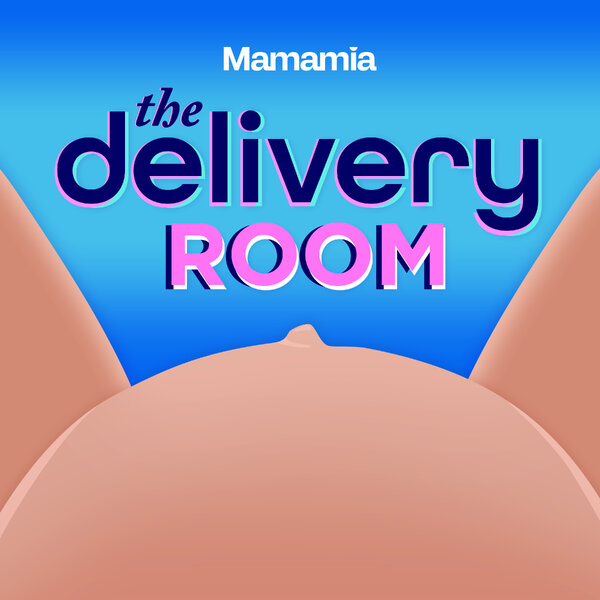Yasmin, Juliette, Diane, Brenda. The names are instantly recognisable to many women who take the contraceptive pill.
It has been 55 years since the pill hit the Australian market and it remains the most popular method of contraception, despite a host of other longer-acting options becoming available in that time.
If your brand of pill is a newer variety or happens to carry a woman’s name, it is likely you are funding the cost of your prescription entirely out of your own pocket.
But if these newer and more expensive contraceptives are simply out of your price range, the choice of cheaper pills available to you on the Pharmaceutical Benefits Scheme (PBS) is significantly narrower.
And it is a situation some family planning experts believe needs to change.
In the past 20 years, just one pill has been added to Australia’s PBS, which subsidises prescription drugs. That pill was Femme-Tab ED 20/100 in 2013, a lower dose so-called ‘combination pill’ (containing both estrogen and progestogen classes of hormones), which has existed in higher doses on the PBS for many years.
Before that, the most recent oral contraceptive to receive a PBS listing was Levlen back in 1992.
The difference in price between older PBS-listed pills and some newer varieties on the private market can be significant — as high as $28 or so a month if you are a pensioner or other concession card holder ($21 or so a month for a general consumer).


Top Comments
Going on the point about companies not bothering as much to seek subsidies for the cheaper products, surely there is a huge potential cost saving for the pbs in adding all of the lower cost medications. More choices for less money.
If you're on the pill for non-contraceptive reasons, and your doctor is willing to sign a letter to that effect, then you might be able to claim your pill on your health insurance. You mightn't get much back but it's better than nothing.
A good point, but I know at least when I was a student and low income earner, I didn't have health insurance - just didn't have the money for it.